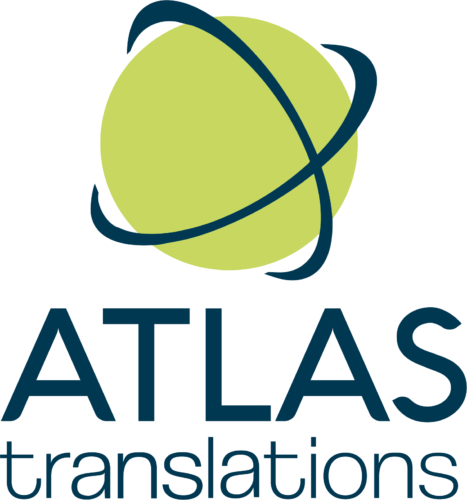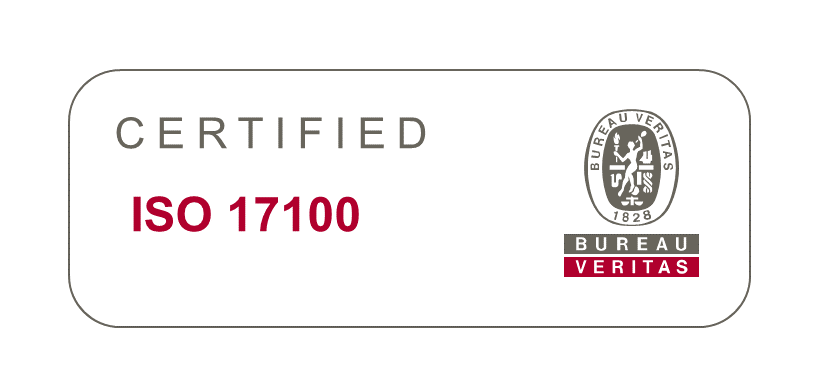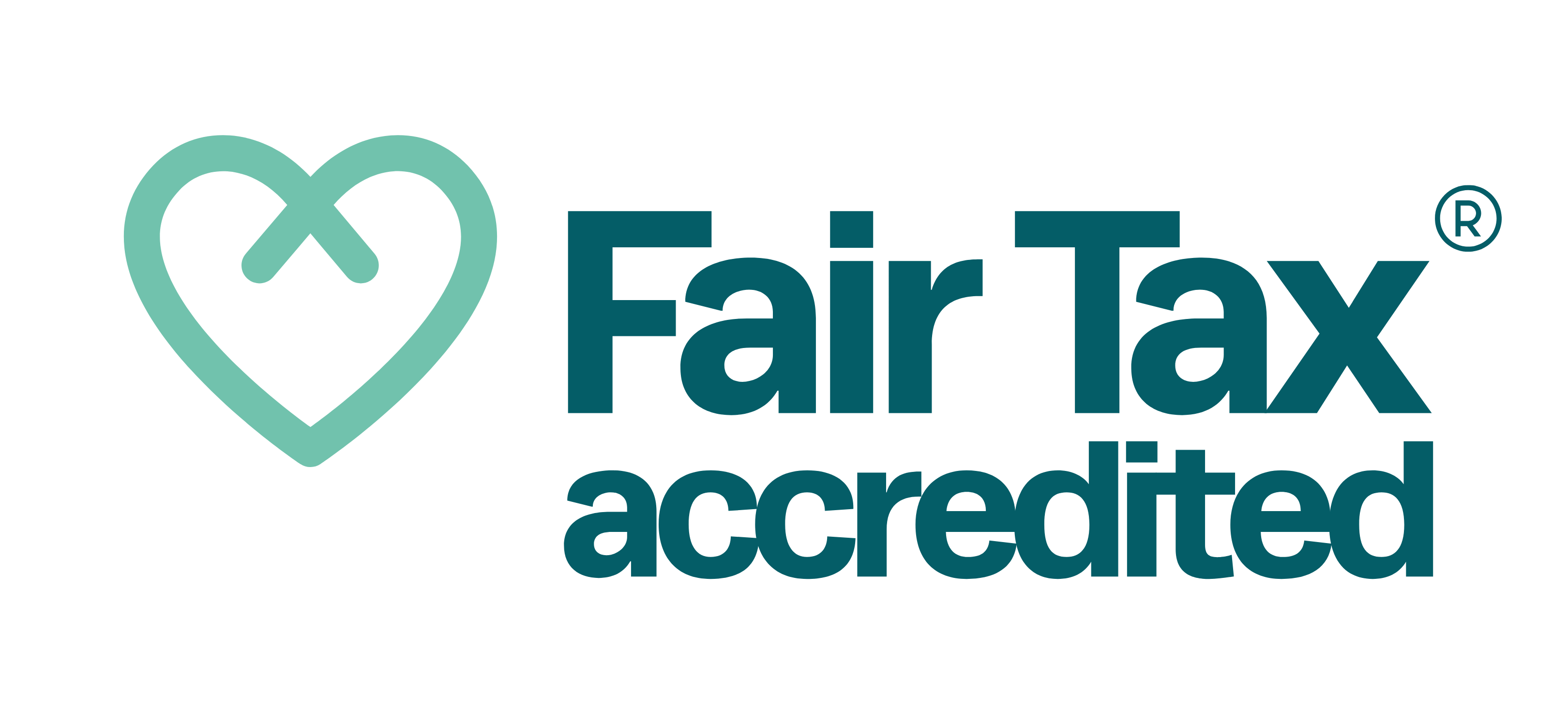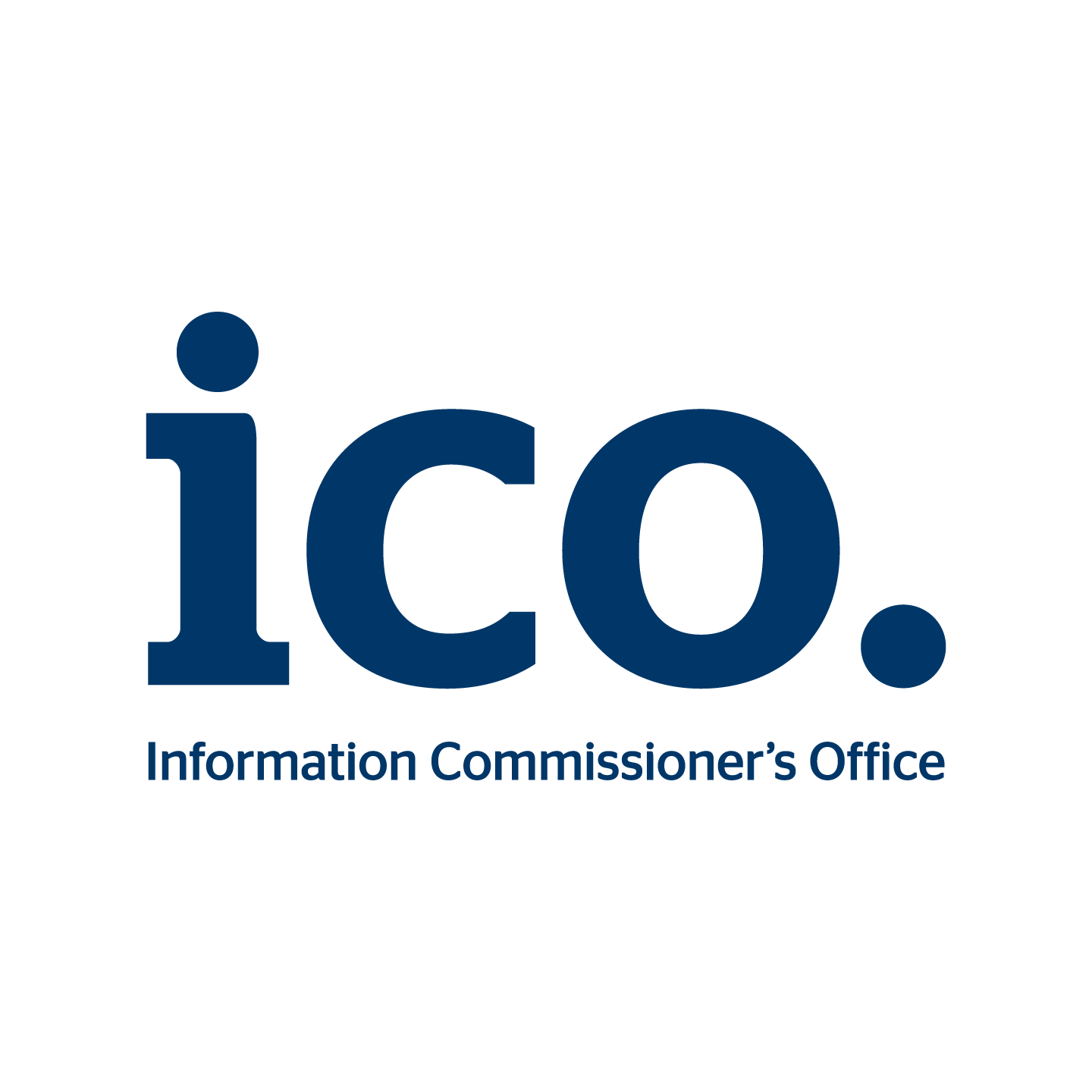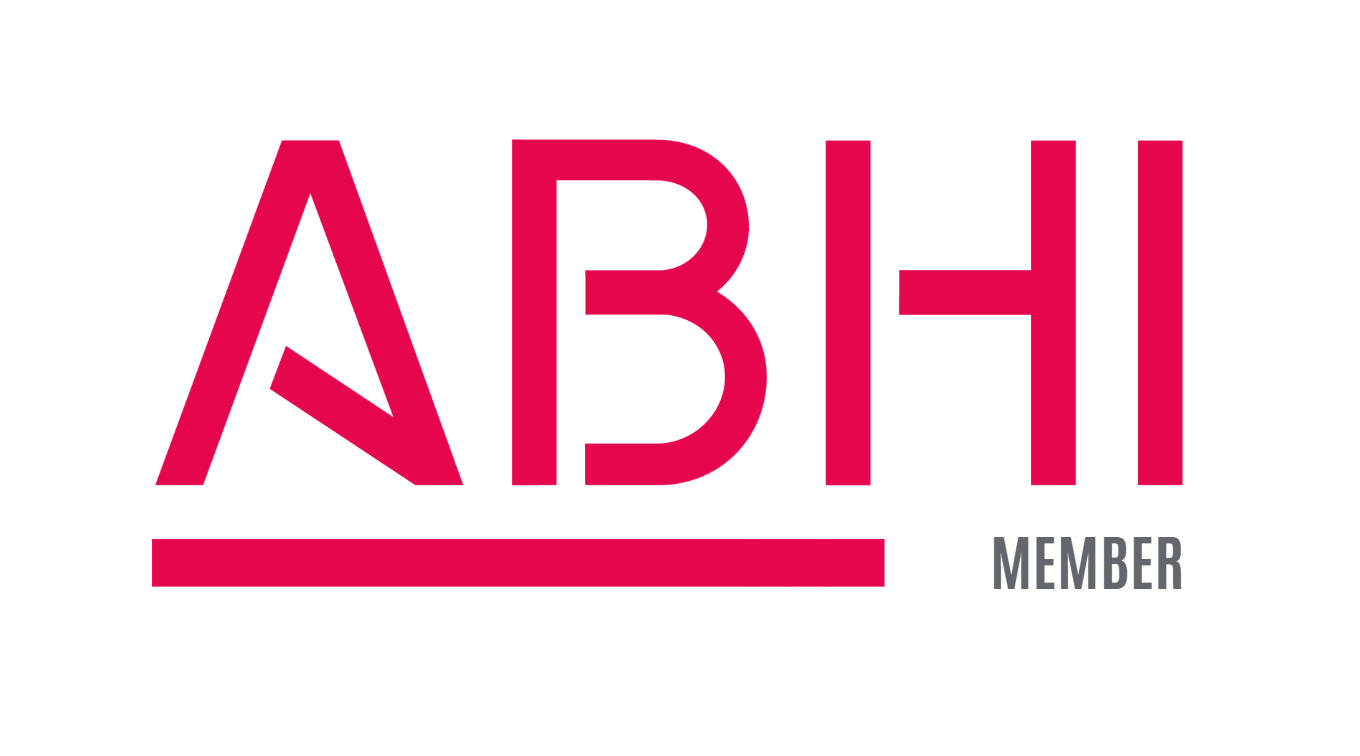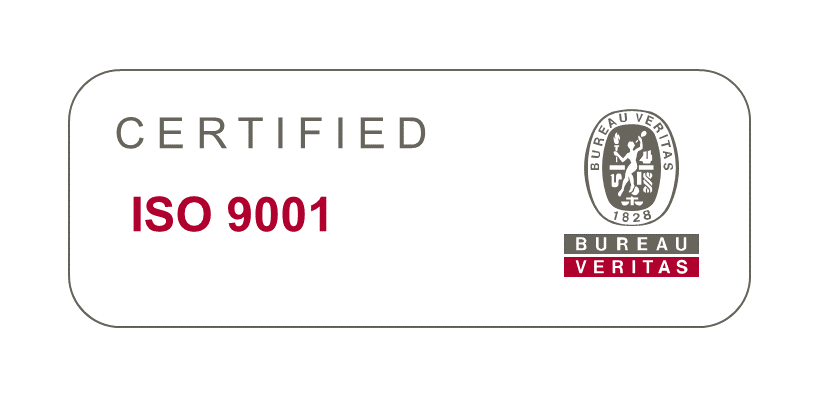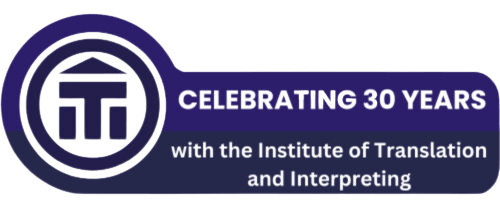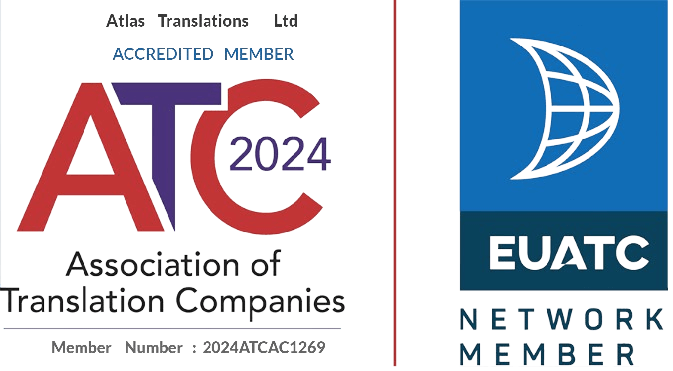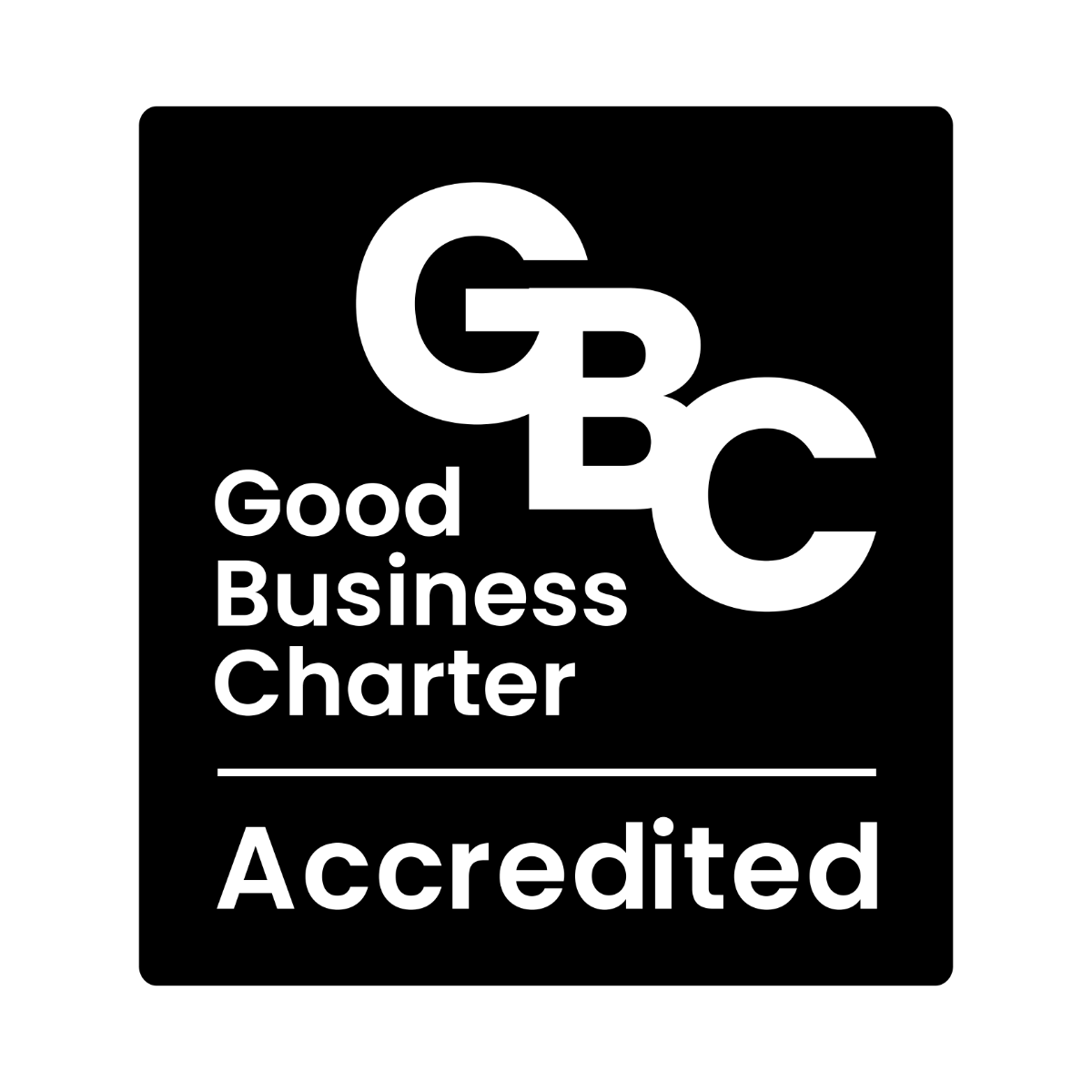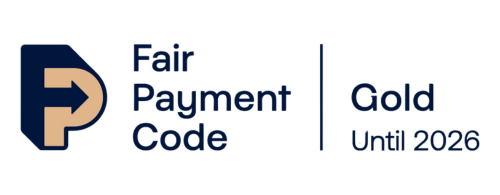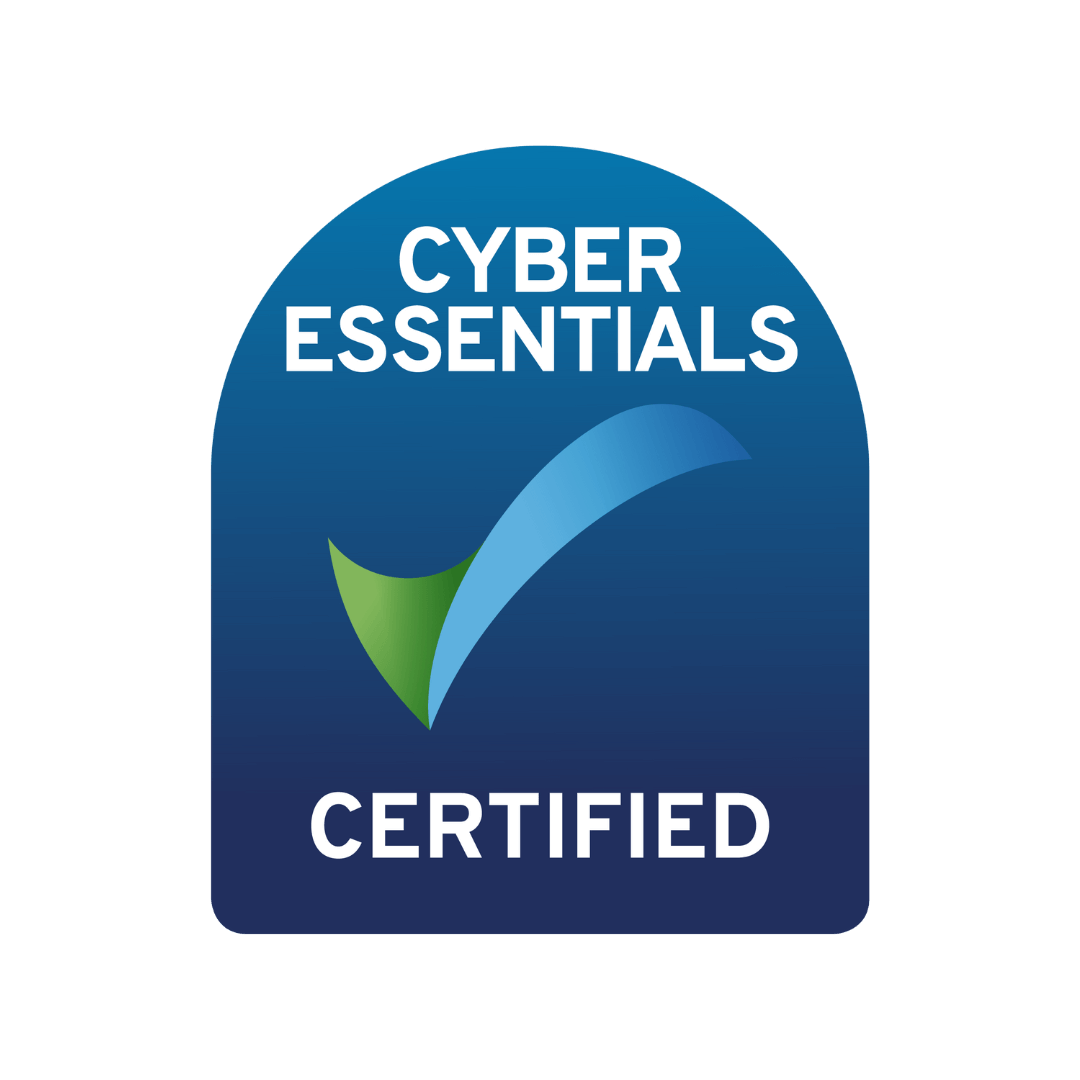9 Hidden Costs of Poor Localisation (And How to Avoid Them)
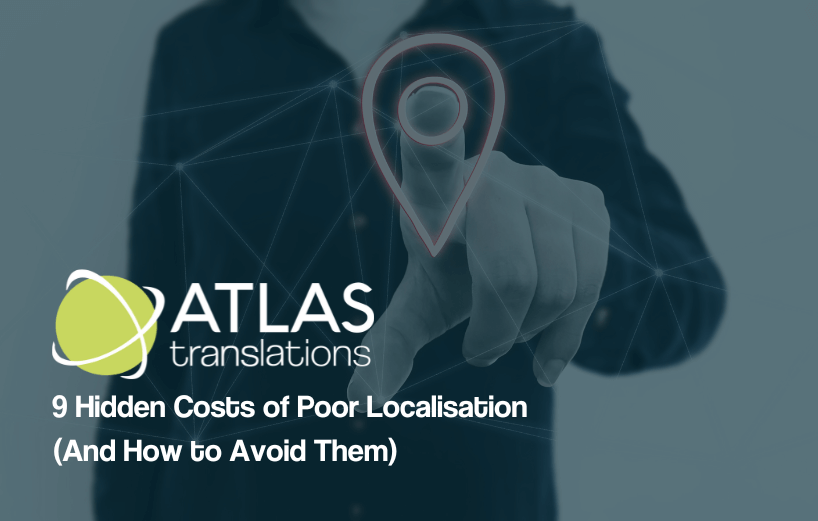
They say that when love goes wrong, nothing goes right. The same could be said about localisation. When localisation is done wrong, the damage isn’t always instant or obvious. Unlike that broken heart from Year 7*, sometimes it’s subtle. Maybe a clunky phrase in a product description, a mistranslated compliance term, or a marketing reference that misses the cultural mark. Not good, and over time, these seemingly small slip-ups can create significant costs for your business.
In B2B markets, where competition is fierce and reputation is everything, localisation that’s considered “good enough” is rarely good enough. Executives, product managers, localisation leads, and decision-makers already understand the mechanics of translation. What’s often underestimated is the scale of the consequences when it’s done badly.
Let’s take a look at nine hidden costs of poor localisation and how to avoid them.
*It’s okay, we’re healing. Slowly 😞
What can we help with today? Call us on +44 (0)1727 812 725 or email us at team@atlas-translations.co.uk – we’re only a call, chat, or email away, and we’re always eager to help!
1. Damaged Brand Reputation
Your brand voice is one of your most valuable assets. If localisation doesn’t reflect it accurately, your credibility takes the hit. Poorly adapted copy, inconsistent terminology, or awkward phrasing tells potential partners and clients that you don’t care about the details.
Example: A manufacturing supplier’s poorly translated technical catalogue gave the impression that their engineering tolerances were approximate. This prompted a sought-after European distributor to reconsider a long-term contract.
How to avoid it: Work with native-speaking translators who have sector-specific expertise and follow a robust style guide. This keeps tone, terminology, and cultural nuance consistent across all markets.
2. Lost Customer Trust
In high-stakes industries, such as law, medicine, or technical fields, a single mistranslated term can create confusion that undermines years of relationship-building. Once that trust is lost, competitors are quick to step in.
Example: A pharmaceutical company’s clinical trial documentation used a direct translation for a dosage instruction, which conflicted with local regulatory norms. The client immediately flagged it, but not before questioning the company’s overall quality control.
How to avoid it: Include multiple stages of translation quality control, such as peer review and in-market proofreading, to ensure the highest quality. These layers catch errors before they become public.
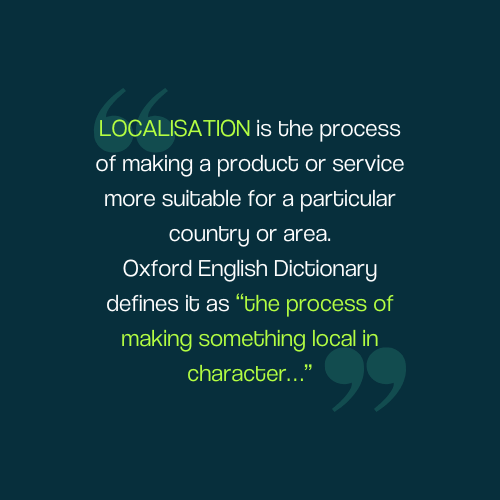
3. Reduced Sales Conversions
Your product might be best-in-class, but if the marketing message feels “off” in the target market, conversion rates drop. Cultural mismatches in tone or imagery can undermine even the strongest offering.
Example: A food company wanted to expand into the Spanish market with the tagline, “It takes a strong man to make a tender chicken”. Unfortunately, the result when translated was “It takes an aroused man to make a chicken affectionate”.

How to avoid it: Go beyond word-for-word translation, which can often mean avoiding machine translation. Working with native-speaking translators will allow you insight into customers and ways of life. Localise visuals, colours, idioms, and references so your materials feel as though they were created in-market from the start.
4. Legal and Compliance Risks
In regulated industries, localisation mistakes can mean more than reputational harm; they can trigger legal penalties, market withdrawal, or delayed launches. Regulatory authorities are rarely forgiving when inaccuracies impact safety or compliance.
Example: An industrial equipment supplier mistranslated a single hazard warning on a machine manual. The oversight delayed CE marking (“conformité européenne”) certification, resulting in a three-month loss of European market access for the company.
How to avoid it: Partner with translators who specialise in your sector’s legal and regulatory requirements, and who understand the relevant standards for each target market.
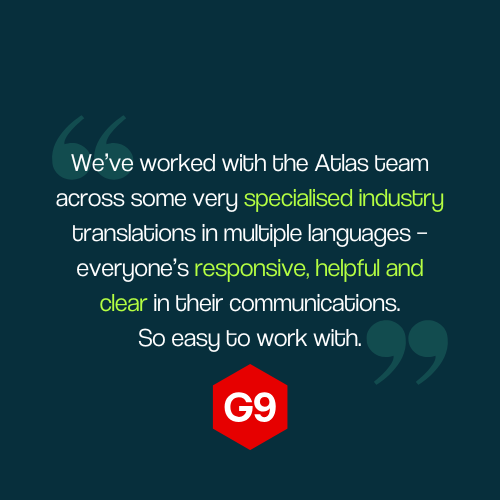
5. Increased Customer Support Costs
When onboarding materials, instructions, or technical guides are unclear, customer support teams become the safety net. More queries mean longer queues, higher staffing costs, and reduced capacity for proactive support.
Example: A cloud services provider rolled out a French-language portal with direct machine translation of its help centre information. Ticket volume in that region doubled within two weeks.
How to avoid it: Invest in accurate business localisation of all customer-facing documentation, and pilot-test it with native-speaking users before launch.
6. Product Returns and Refunds
Misleading or unclear product descriptions are a fast track to dissatisfied buyers and costly returns. In B2B, returns also damage future purchasing confidence.
Example: An industrial parts supplier described a component’s size incorrectly in the German catalogue due to a localisation slip. Several bulk orders were returned at the supplier’s expense.
How to avoid it: Build localisation reviews into the product launch cycle. A final in-market check can highlight unclear instructions or misleading descriptions before they go live.
7. Damaged SEO Performance
International SEO is about more than swapping keywords. Directly translated search terms often fail to capture how local audiences actually search for solutions. Without this alignment, you’re invisible in the markets you’re targeting.
Example: A fintech firm translated “business credit line” literally into Spanish, with the result of “línea de crédito comercial”, but the de facto used in-market search term was “línea de financiación empresarial.” As a result, organic leads from Spain were negligible until the keywords were corrected.
How to avoid it: Conduct in-market keyword research and integrate those terms naturally into the localised content. Search behaviour is cultural, and your SEO should be, too.
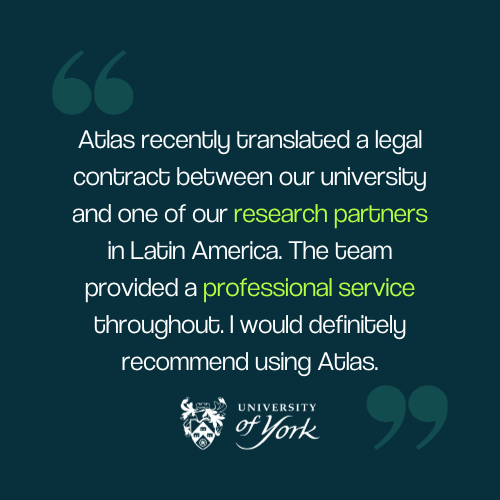
8. Missed Partnership Opportunities
Poorly localised materials can sour relationships before they begin. For distributors, suppliers, or investors, a sloppy presentation can signal a broader lack of operational care.
Example: An engineering firm lost out on a joint venture when its translated proposal appeared riddled with grammatical errors in the native language. The prospective partner assumed this lack of polish reflected the company’s approach to project execution.
How to avoid it: Treat localisation as a strategic asset. Consistency, accuracy, and cultural fluency signal professionalism and reliability to potential partners.
9. Costly Rework
Retrofitting quality after the fact isn’t just expensive; it can also damage timelines, resource allocation, and client confidence.
Example: A global training provider released an e-learning platform in five languages using a low-cost translation vendor. Within a month, all modules had to be re-translated, which delayed the next phase of rollouts and doubled the localisation spend.
How to avoid it: Include localisation in the earliest stages of project planning. Allow time for review, testing, and refinement so the first release is the right release.

What Have We Learned Today?
Poor localisation isn’t just a translation issue, it’s a business risk.
From compliance setbacks to missed revenue, the hidden costs accumulate fast. This often far exceeds what it would have cost to do it right from the start.
B2B leaders who view localisation as a core part of market strategy, not an afterthought, safeguard their brand, maximise ROI, and open doors to stronger international growth.
Contact Us
We’d love for you to contact Atlas Translations! We’re always here for a chat or to answer questions!
Call us at +44 (0)1727 812 725 or email us at team@atlas-translations.co.uk to let us know what you need. We respond quickly to all enquiries!
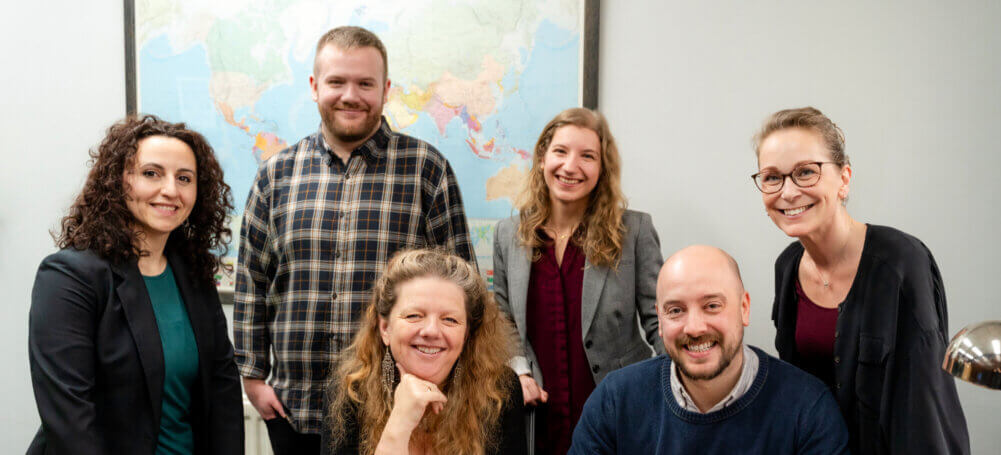
If you’d like to meet us face-to-face, learn more about our translation and language services, or deliver documents, please email or call us ahead of time to arrange a meeting.
Don’t forget the Live Chat option during UK working hours to ask any questions you may have. You’ll chat with a real, live human, because we’re a bot-free zone! Click the little icon at the bottom right of your screen to begin chatting with us.
If you need a quick quote, we have a handy GET A QUOTE button located at the top of our website, where you can get an initial estimate for your needs.
Can I Trust Atlas Translations?
Absolutely, you can! But if you’re after something with a little more “facts and figures”, here’s some info:
Atlas Translations holds two ISO certifications: ISO 9001:2015 (Quality Management) and ISO 17100:2017 (Translation Services).
If the project is highly confidential, we can sign a non-disclosure agreement (NDA) for added peace of mind.
Are we up to date on privacy? Well, thank you for asking, and yes, we are! We registered with the Information Commissioner’s Office (ICO) over 20 years ago and have always placed a high importance on data protection.
You can read more about our commitment to quality here.
Atlas Translations takes pride in providing fast, friendly, and high-quality language services. But you don’t have to take our word for it. Click to read what our clients are saying about us.
We’re also on TrustPilot, and you can read our reviews here.
Global Voice, Local Touch
If you’re looking for some top tips for partnering with Atlas Translations, we have some top tips to share! We answer 25 of our clients’ most frequently asked questions, ranging from typesetting queries to discussing reference materials.
Click to download Global Voice, Local Touch
